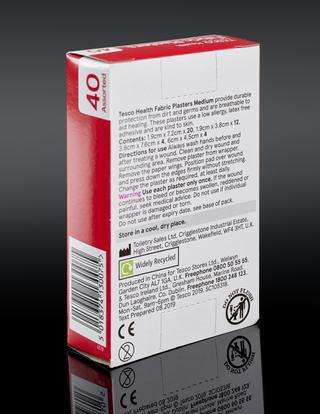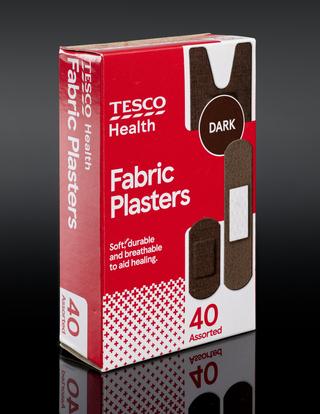
Packet of fabric plasters for medium skin tones
2020

2020

1855-1875

1928-1930

1762

1940-1960



2020

2020

1880-1920


1980-1999
1880-1930
1870-1930
1880-1930
1830-1870
1870-1930
1985
1985
1860-1869
1831-1870
Unknown
1880-1930
1870-1930
1870-1930
1871-1930
1870-1930
1880-1930
1985
1920-1940
1870-1930
1880-1930
1880-1925